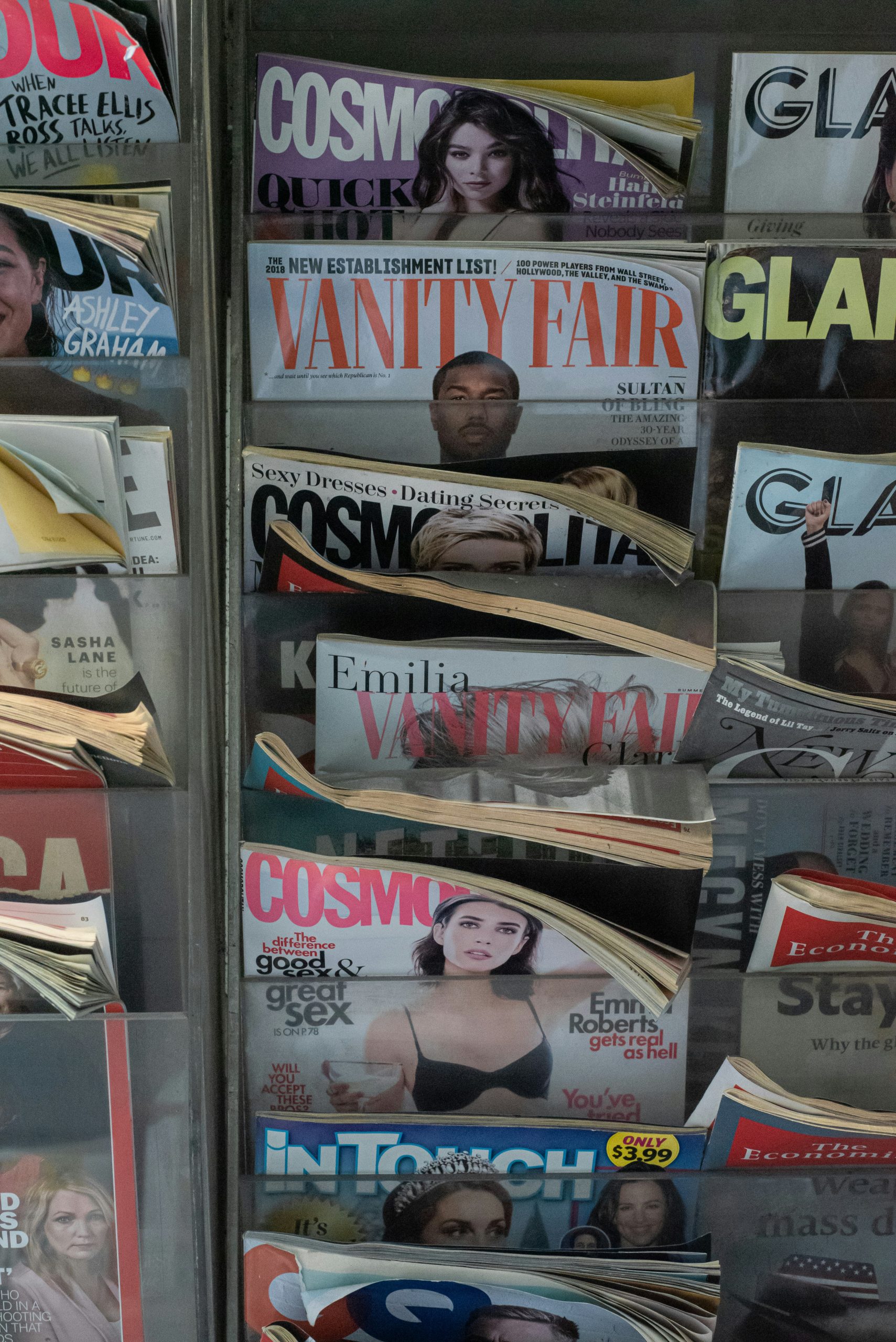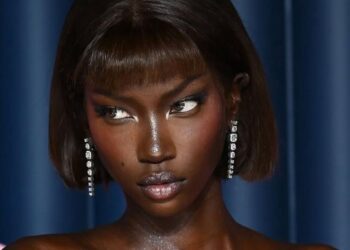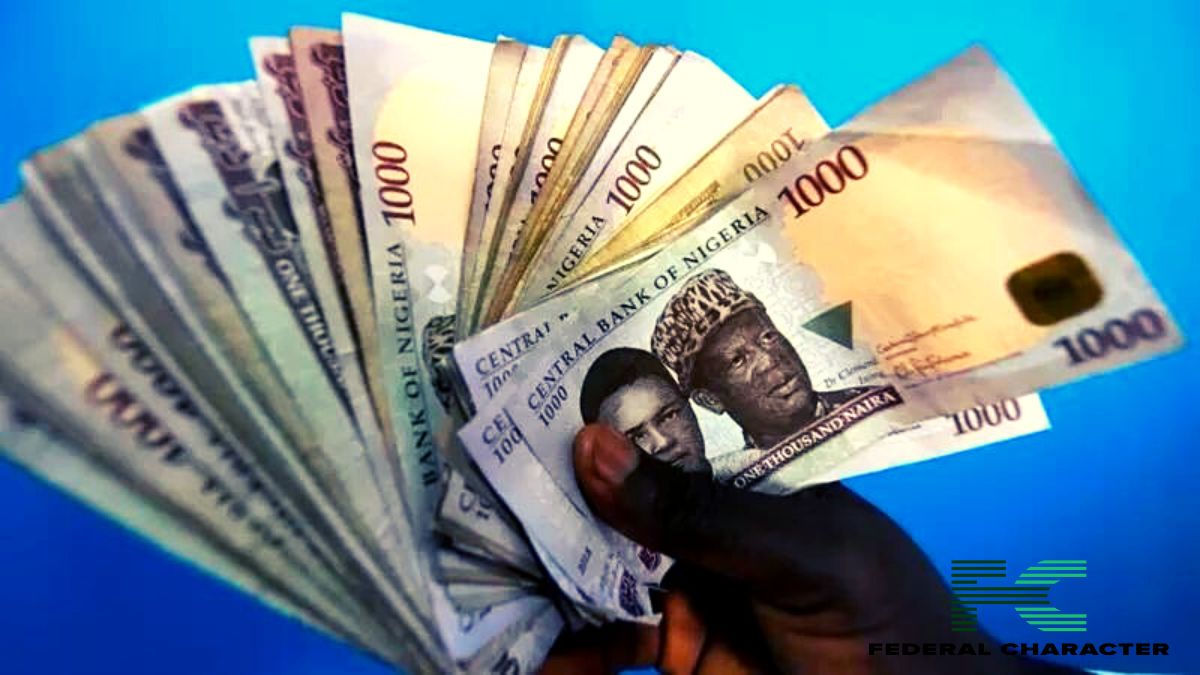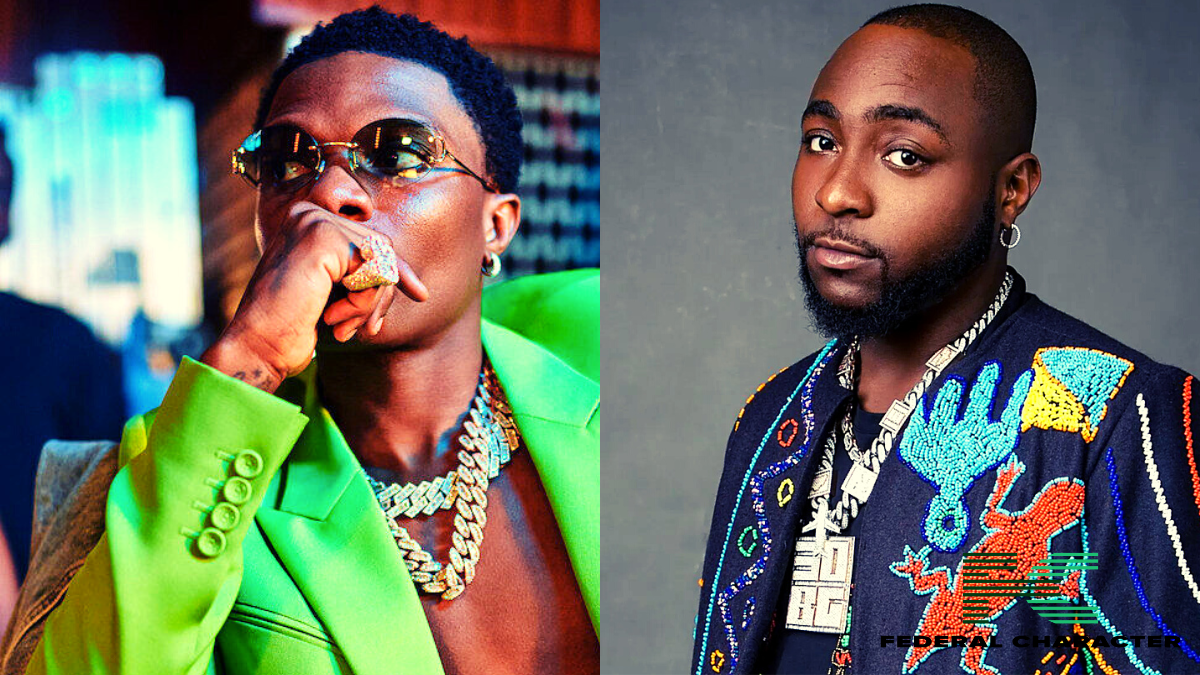If you’re conversant with the world of high fashion, you’d agree with me that a magazine cover is the ultimate ‘IT’ signifier, meaning that you’re someone of worth. It signifies relevance, taste, and cultural power. That’s why just the suggestion of Vanity Fair’s new editorial director, Mark Guiducci, featuring former First Lady Melania Trump on its most-sought-after cover sparked an all-out civil war within the newsroom.
The resulting firestorm, first reported by The Daily Beast, exposed a deep and painful divide within the fashion and beauty industry: can style and politics ever be truly separated? And in this era of intense polarization, who gets to be anointed an icon?
The Controversial ‘Powder Keg’ Proposal
The entire saga began with a simple idea: Mark Guiducci, who recently took the helm of the Condé Nast publication, pitched the notion of putting former First Lady Melania Trump on its coveted cover. The reaction was immediate and hotly debated, with one furious mid-level editor reportedly threatening to walk.

In their words: “I will walk out the motherf—king door, and half my staff will follow me,” adding that they would not be part of “normalizing a despot and his wife.”
Now, keep in mind that this vehement refusal wasn’t just about a personal political stance; it went right to the heart/core of the magazine’s identity. Under its previous leadership, both U.S. Vogue and Vanity Fair famously broke with a long-standing tradition by pointedly snubbing Melania Trump. By contrast, and Jill Biden has also already appeared on it thrice. Melania’s only major Condé Nast cover during her husband’s tenure was for Vanity Fair Mexico in 2017.
Melania’s Calculated Aesthetic: Beauty as Armor
Regardless of the internal chaos happening in Vanity Fair, Melania Trump remains one of the most scrutinized style figures of the 21st century. Her fashion choices are rarely just about trends; they are meticulously crafted statements, often interpreted as visual press releases.
She has quite the history of choosing looks designed to provoke and communicate, from the pith helmet worn on a safari in Kenya (which drew criticism as “colonialist cosplay”) to the now-infamous “I really don’t care, do u?” jacket she wore on her way to visit migrant children.
Vanity Fair itself has previously described her style as “costuming” and “discomfiting,” a form of thematic dressing that often leans into controversy. Her beauty aesthetic is equally deliberate: flawless, polished, and impenetrable—a look that speaks of control in a world where she has often been portrayed as silent or sidelined. In her recent memoir, she addresses these controversies head-on, defending her choices as messages for a “dishonest” and “manipulative” media
The Industry’s Divided Opinions
The internal rebellion at Vanity Fair reveals a central conflict that has been tearing at the beauty and fashion industry. On one hand, the industry prides itself on being a champion of progressive values and diversity. Yet, at the same time, it is deeply entangled with the very forces of power, wealth, and celebrity that the Trumps inhabit so effortlessly.
Featuring Melania Trump would undoubtedly be a huge commercial win, appealing directly to a demographic that feels completely ignored by mainstream fashion media. The move, however, risks alienating the publication’s core readership and its own talent, many of whom see the decision as an unacceptable move to legitimize a political family they oppose.
Interestingly, Melania has publicly stated that the entire affair holds no interest for her. In a past interview with Fox News, she said, “Look, I’ve been there on the covers, on the cover of Vogue, on the covers of many magazines before. For me, we have so many other important things to do than to be on the cover of any magazine. I think life would not change for anybody if I am on the cover of a magazine.” For her, the ultimate power may lie in the complete refusal to play the game at all.
The Bottom Line
The question still remains: Is there a place for Melania Trump’s unique brand of high-fashion politics on the cover of a major style publication like Vanity Fair?
The answer, for now, appears to be a resounding “no” from within the magazine’s own halls.
This incident proves that in 2025, a magazine cover is about so much more than just a beautiful image. It is a moral and political statement, a bargaining chip in the culture wars, and a mirror reflecting the deeply divided soul of the industry itself. The cover that wasn’t may, in the end, tell us more about the state of fashion than any published one ever could.

















